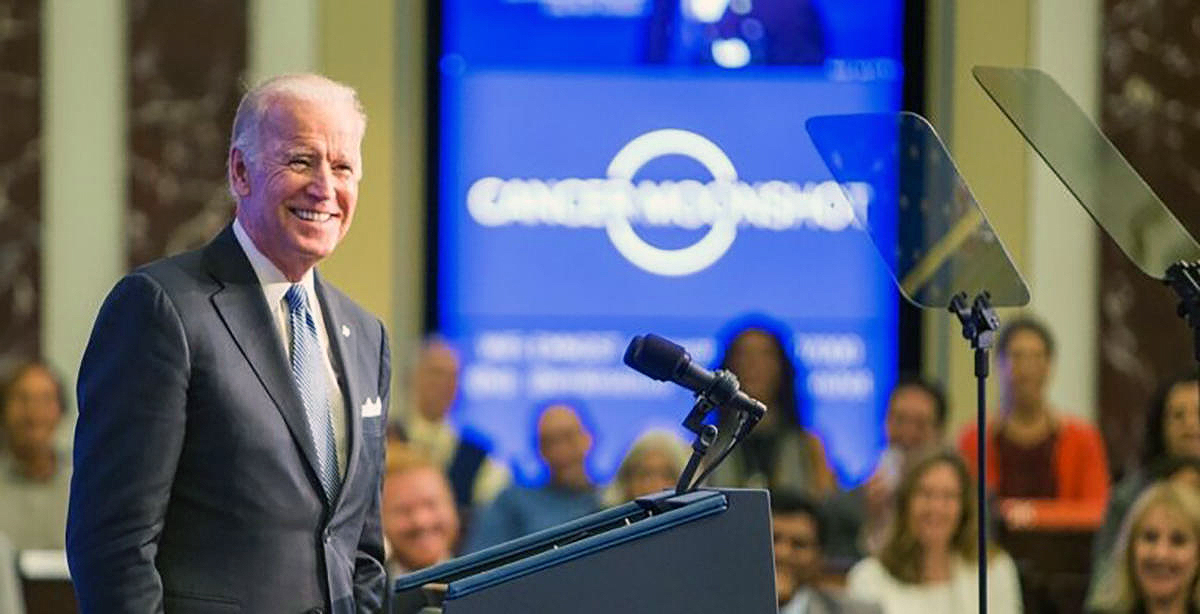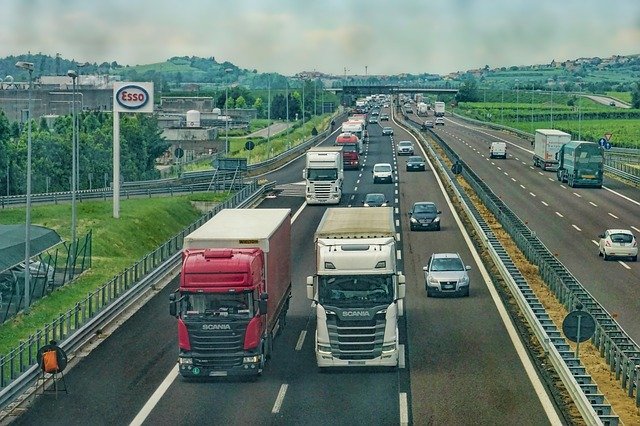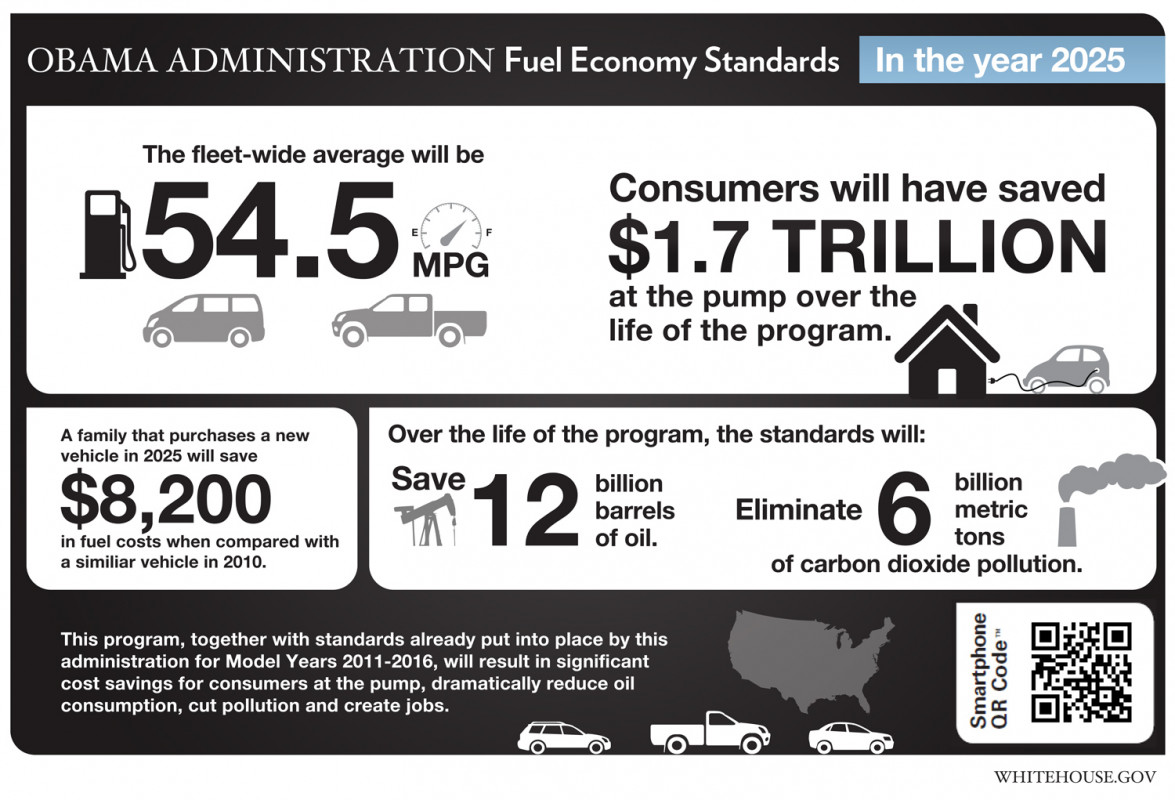 President Biden’s historic $1 trillion infrastructure bill is waiting in the wings of Capitol Hill.
President Biden’s historic $1 trillion infrastructure bill is waiting in the wings of Capitol Hill.
After sweeping the Senate with a bipartisan vote of 69 to 30, the bill will now need to be passed by the U.S House of Representatives.
Formally known as the "Bipartisan Infrastructure Investment and Jobs Act," this 2000-page-long bill will be the largest domestic policy expense of the century in the United States.
Unlike President Eisenhower’s Highway Act of the 1950s, this bill goes beyond typical infrastructures such as roads, bridges, and major projects. With an emphasis on clean energy, the bill reflects President Joe Biden’s ambitious plans on climate change.
Let's look at a few key measures in the bill and what lies ahead.
Reducing Emissions...
 The bill addresses a sweeping array of issues, with a focus on environmentally-friendly measures.
The bill addresses a sweeping array of issues, with a focus on environmentally-friendly measures.
In an effort to reduce carbon emissions, gasoline-run transit vehicles, including school buses, will be replaced with zero-emission, clean-energy-powered vehicles. A few other highlights include --
- $7.5 billion towards the first national network of electric vehicle chargers
- $17 billion towards revamping infrastructure at and around airports, ports, and waterways to cut down on traffic and greenhouse gas emissions.
- $60 billion to be invested in clean energy research, promoting the development of new technologies, and fostering the expansion of the renewable energy industry.
- $21 billion seeks to restore soil and groundwater in abandoned gas fields and unused mines and address public health issues in communities close to sites that hold hazardous materials.
And Building Back Better!
 The bill will also be accompanied by President Biden’s Build Back Better Agenda, which aims to establish a Civilian Climate Corps, expand clean energy tax credits for consumers and businesses, and set energy efficiency and clean electricity standards.
The bill will also be accompanied by President Biden’s Build Back Better Agenda, which aims to establish a Civilian Climate Corps, expand clean energy tax credits for consumers and businesses, and set energy efficiency and clean electricity standards.
- A staggering $176 billion will go towards improving transportation and water infrastructure. These funds are set to repair worn-down buses, rail cars, stations, and tracks while expanding public transport systems to reach disadvantaged populations.
- Another $55 billion will go into the replacement of lead pipelines, ensuring access to clean drinking water in both rural and urban areas.
- And $65 billion is aimed to provide reliable internet access to those in rural and lower-income communities.
What’s Next For The Bill?
The bill is yet to be signed into law, with policymakers working out its fine details. House Speaker, Nancy Pelosi, has set a target date of October 1 for a vote on the bill.
Critics are concerned about how to pay for everything laid out in the bill. According to the nonpartisan Congressional Budget Office, the country could face a deficit of $256 billion over the next decade if the bill is passed. For now, as politicians continue to deliberate, proponents of the bill may have to wait a little longer before it is signed by the President.
Sources: NBC, CBS, PBS, White House, NY Times, NPR, Washington Post







